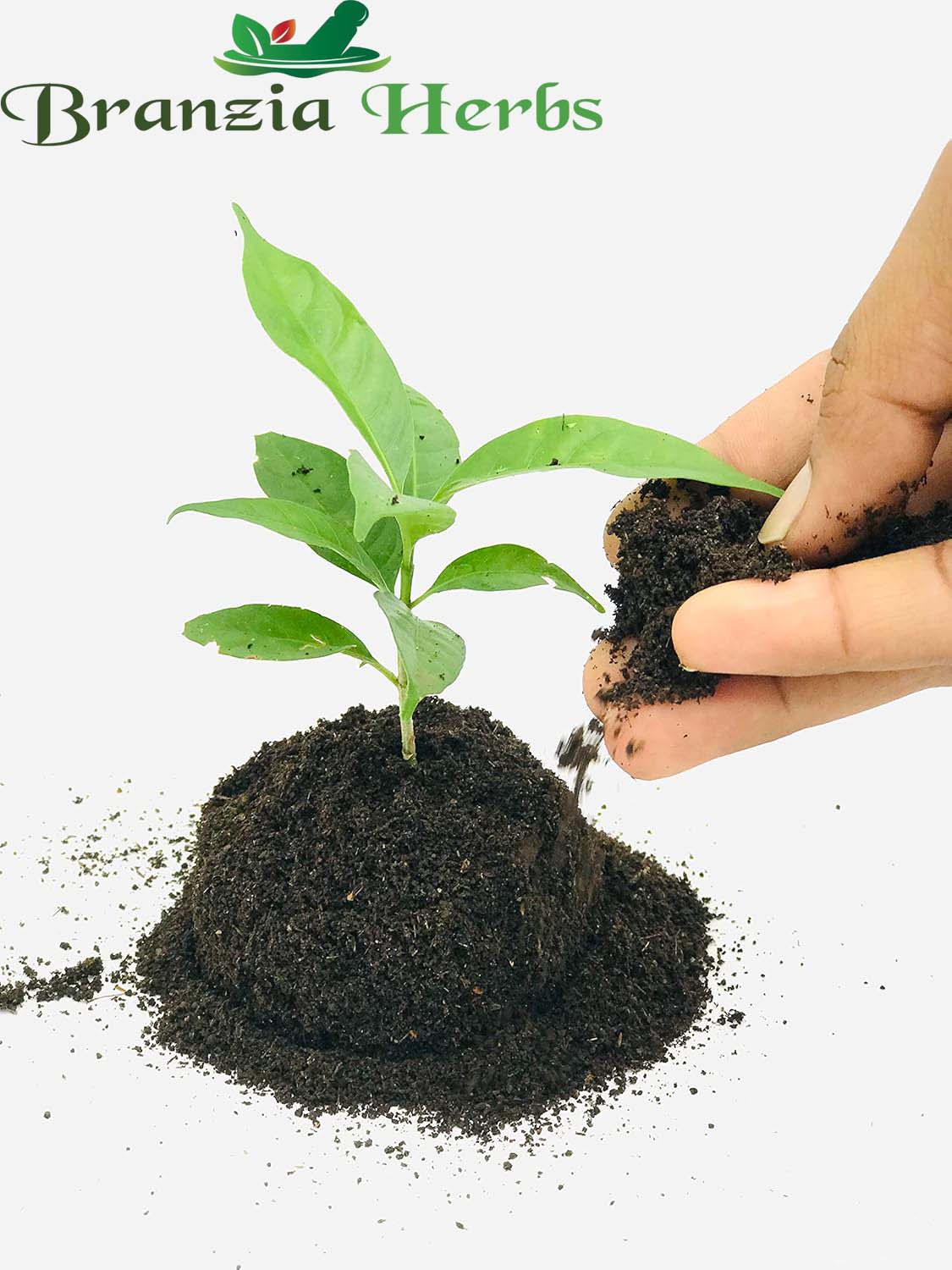Cherry Tomatoes are small, round, and typically very sweet tomatoes that are popular for snacking, salads, and garnishes. They are known for their vibrant colors and juicy flavor. Here’s a detailed guide on growing and using cherry tomatoes:
Characteristics of Cherry Tomatoes:
-
Appearance: Cherry tomatoes are small, round, and can come in various colors, including red, yellow, orange, and even purple. They are usually about 1-2 inches in diameter.
-
Flavor and Texture: They are known for their sweet, juicy flavor and firm texture. They have fewer seeds and are less acidic than larger tomato varieties.
Growing Tips:
-
Climate: Cherry tomatoes thrive in warm climates with temperatures between 70-85°F (21-29°C). They require full sun exposure, ideally 6-8 hours a day, to develop their best flavor and yield.
-
Soil: Prefers well-drained, loamy soil enriched with organic matter. A pH of 6.0 to 6.8 is ideal. Good drainage is essential to prevent root rot.
-
Spacing: Space plants about 18-24 inches apart in rows that are 24-36 inches apart. For determinate varieties (bushy growth), closer spacing is possible, while indeterminate varieties (vining growth) need more space.
-
Watering: Keep the soil consistently moist but not waterlogged. Water at the base of the plant to avoid wetting the foliage, which can help prevent diseases. Drip irrigation or soaker hoses are ideal.
-
Fertilization: Use a balanced fertilizer or one high in phosphorus to promote flowering and fruiting. Tomato-specific fertilizers often have the right balance of nutrients for optimal growth.
Uses:
-
Culinary:
-
Fresh: Enjoy cherry tomatoes fresh in salads, on sandwiches, or as a snack. Their sweet flavor makes them a favorite for snacking.
-
Cooked: Can be roasted, grilled, or used in sauces, soups, and stews. Roasting intensifies their sweetness.
-
Preservation: Can be dried or preserved in oil or vinegar for long-term storage. Sun-dried cherry tomatoes are a great addition to salads and pasta dishes.
-
Health Benefits: Rich in vitamins A and C, antioxidants like lycopene, and dietary fiber. Lycopene has been linked to various health benefits, including reduced risk of certain cancers and heart disease.
Additional Tips:
-
Harvesting: Cherry tomatoes should be harvested when they are fully colored and slightly firm to the touch. Gently twist or cut them from the vine to avoid damaging the plant. Regular harvesting encourages continued production.
-
Pest Management: Watch for pests such as aphids, whiteflies, and tomato hornworms. Regularly inspect plants and use organic pest control methods if necessary. Companion planting with basil or marigolds can help deter some pests.
-
Disease Management: Be aware of diseases like blight, blossom end rot, and powdery mildew. Ensure good air circulation, avoid overhead watering, and use disease-resistant varieties if available. Crop rotation and removing affected plants can help manage disease.
Cherry Tomatoes are a delightful and productive plant for both beginner and experienced gardeners. With proper care, they provide a continuous harvest of sweet, juicy tomatoes that can be enjoyed fresh or in a variety of dishes







